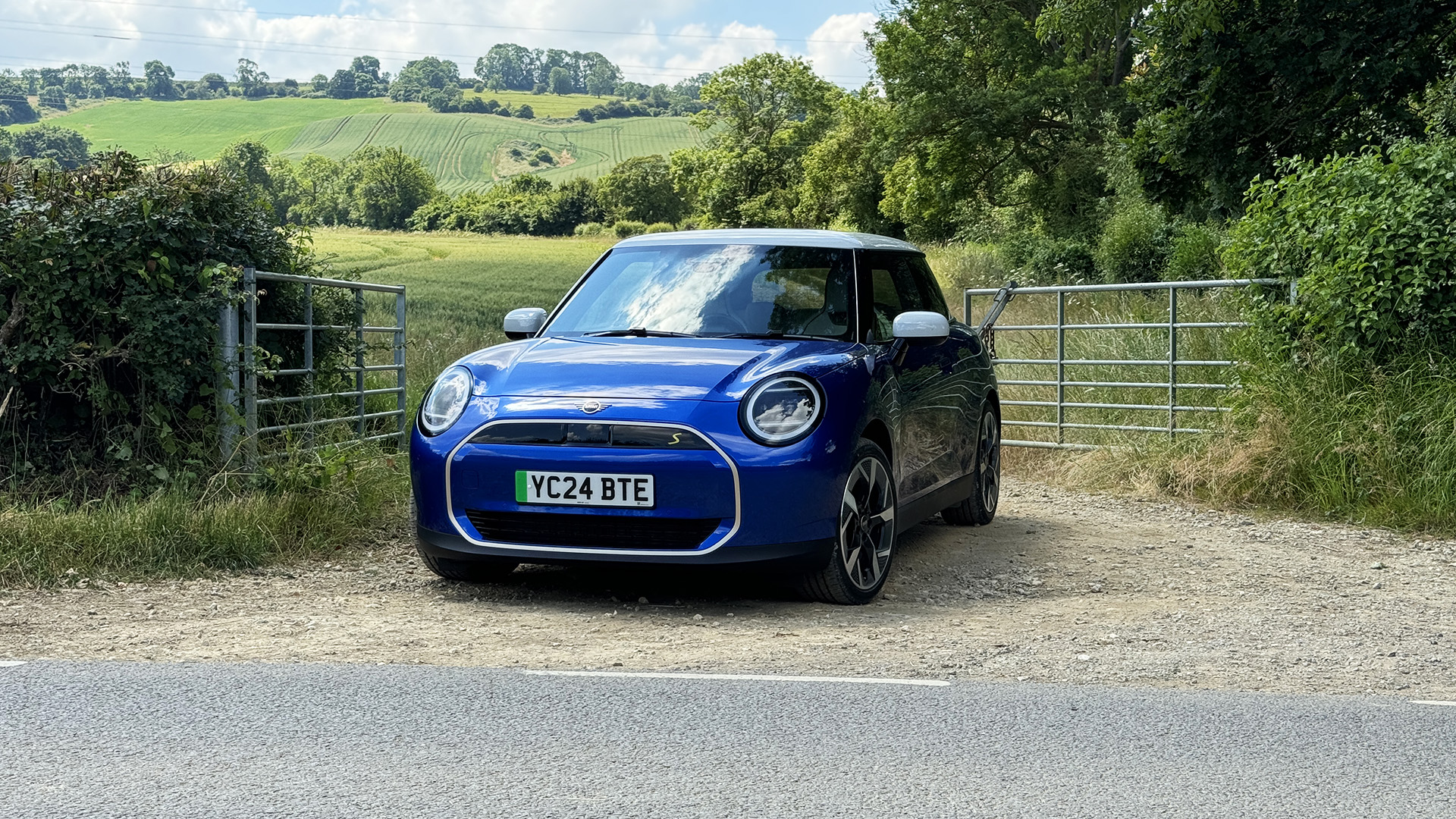
You don’t need to go fast to have fun in some cars. The latest Mini Cooper is one such model. Put this car into its very aptly named Go Kart Mode and you’ll be beaming ear to ear without breaking a single speed limit.
That’s not to say the electric Cooper isn’t fast – the SE version with its larger battery and faster acceleration can really fly – but it’s still fun at moderate speeds too. The Cooper name is now used for all of Mini’s small hatchback models and comes in three-door, five-door and convertible forms. The electric model, however, only comes in three-door form. Despite similar looks, it’s a completely different car from the petrol models.
Mini’s first electric Cooper was an adaptation of the petrol model and suffered from a slightly stilted range. This new model, however, has been designed from the ground up as an electric vehicle. This new design has allowed for a more effective use of space, including a larger battery option and a spacious interior.
There are two variants: the Cooper E and the Cooper SE. While the E uses a 36.6kWh battery, delivering 184hp and a 0-62mph acceleration of 7.3 seconds, the SE has a larger 49.2 kWh battery, 218hp and a 6.7-second acceleration. That larger battery also means greater range, with up to 249 miles compared with 190 miles in the E.
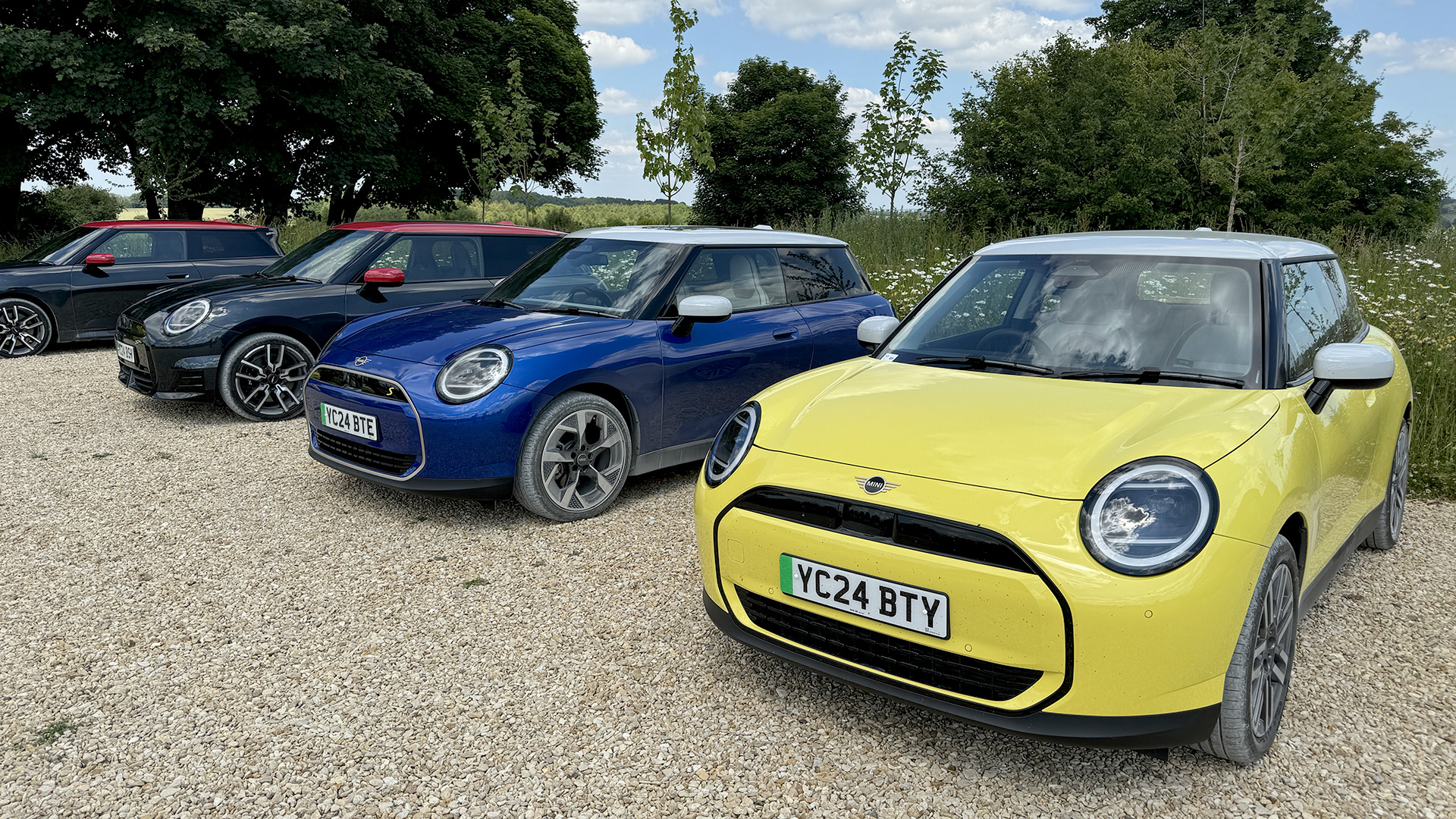
Price and availability
The Mini Cooper E starts from £30,000 on the road, while the SE starts from £34,500. In addition to these two models, there are three trim levels: classic, exclusive and sport. There are also three levels of optional extras, with the SE already featuring the level 1 extras as standard.
That gives a wide range of model combinations to suit different budgets or equipment needs. For instance, you only get the augmented reality mapping and driving assistant plus (active cruise control) on the level 3 package – and that isn’t available for the classic or exclusive versions of the E. To get a fully kitted out Mini Cooper SE, you can pay up to £42,500.
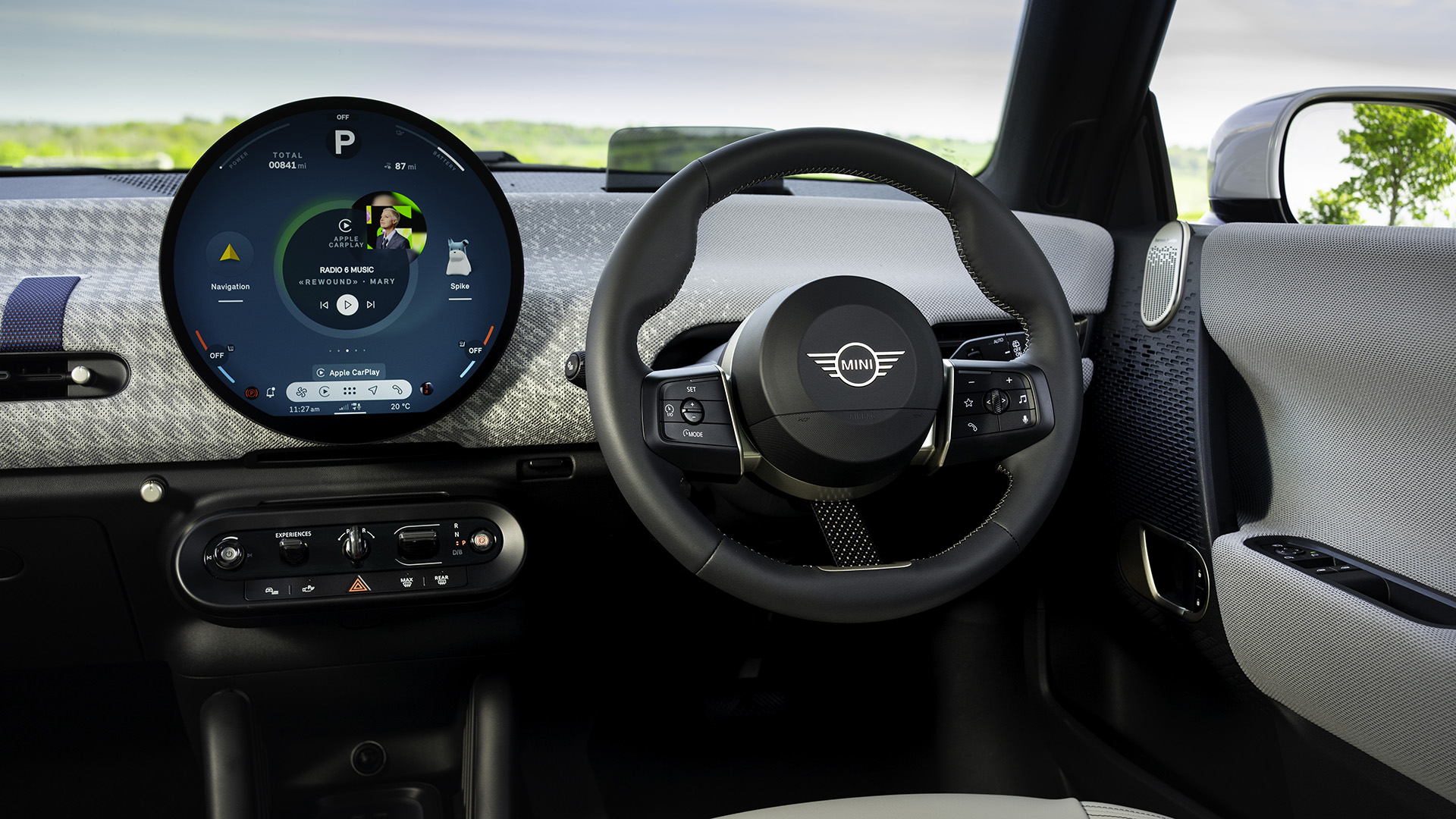
Design and features
Mini’s new Cooper design is a notable change from the previous generation. It’s a return to the simplicity of the original Mini cars but with a modern twist. It keeps those trademark round headlights – now with customisable patterns – but has cleaner lines, flush door handles and a solid grill. The car’s proportions have also been made slightly smaller, thanks to the electric-first design.
The turn indicators are also now built into the wing mirrors, rather than sitting on the bodywork. The only downside to this is that the wing mirrors are now absolutely massive compared to previous designs. And rather pessimistically, will probably cost more should you need to replace one after a ding.
Inside the Cooper, there’s a fresh new look, similar to that inside the latest Countryman models. A clean and spacious dash is covered by woven recycled fabric and just a single large circular OLED display in the centre. There’s no driver’s screen as such, though the optional head-up display takes its place.
This head-up display is a little different to most. In fact, it's not really a head-up display. Rather than projecting onto the windscreen, it projects onto a small glass screen on the dash, that pops up when the car starts. Projecting it in this way means that the display is actually much brighter, and can be easily seen while wearing polarised glasses (something not possible with most head-up displays). However, its placement is much lower, so instead of appearing in your line of sight – in the road ahead of you – it sits pretty much where a physical display screen would.
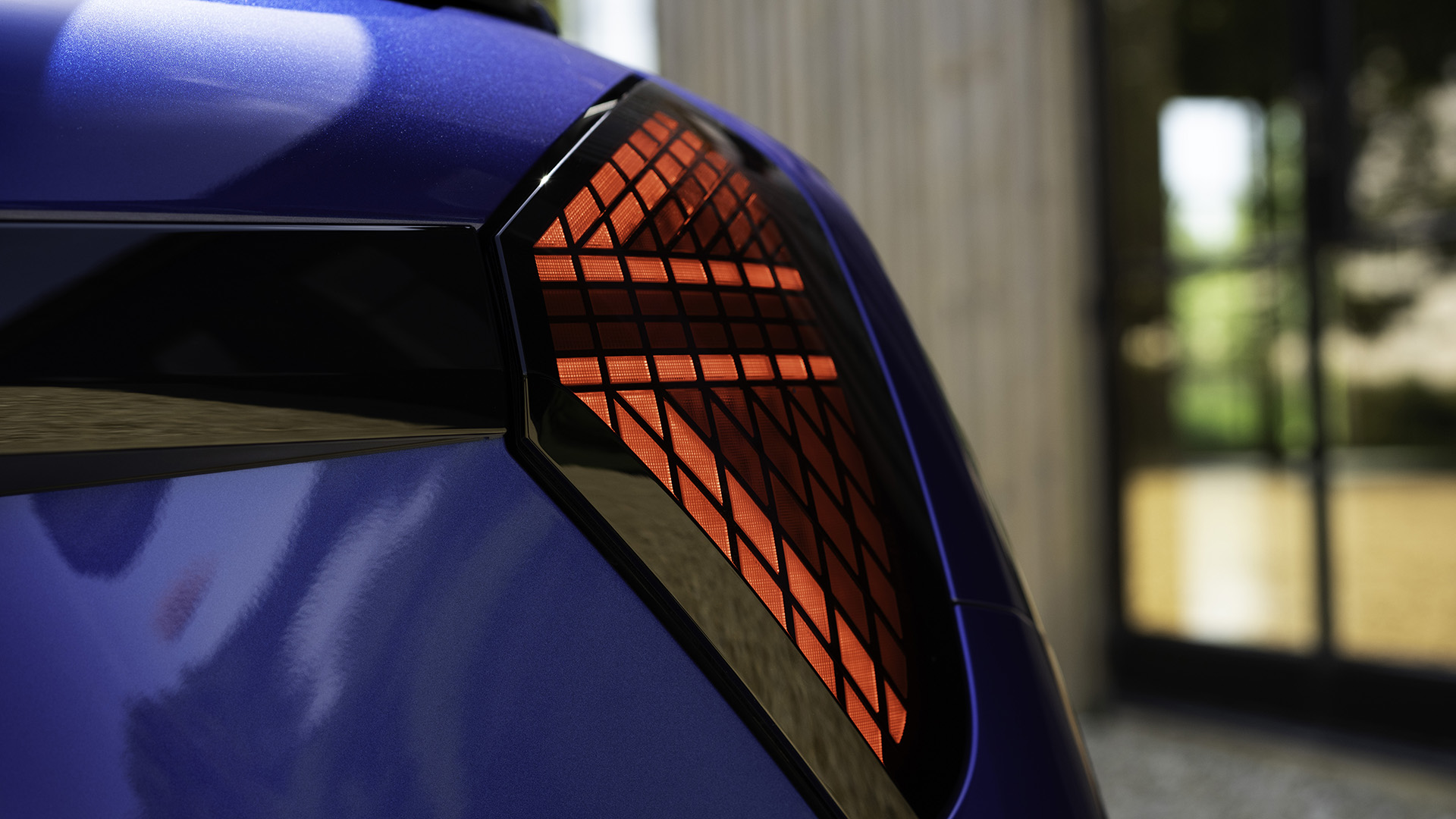
Technology
There’s certainly no shortage of tech on the Mini Cooper, despite not having a plethora of screens. That one large 24-inch OLED display in the centre is the go-to for almost all functions on this car, from climate control and seat massagers to navigation, charging and even games.
The Mini OS 9 is a big jump from former operating systems and allows for a simple operation of the display. It can also integrate CarPlay or Android Auto – in a square format – into the display, though there are definite benefits to using Mini’s own navigation, not least as it can fill the screen.
For easy function changes on the move, the Mini Cooper also has a new voice assistant, called Spike. This is a cartoon dog version of the classic Mini bulldog and can answer your commands when you say, “Hey Mini.”
Rather than your traditional drive modes, the Mini Cooper has Experience Modes. Some of these – like the Go Kart Mode (sport) and the Green Mode (Economy) change the car's dynamics. However, others like Timeless and Vivid simply change the look of the display.
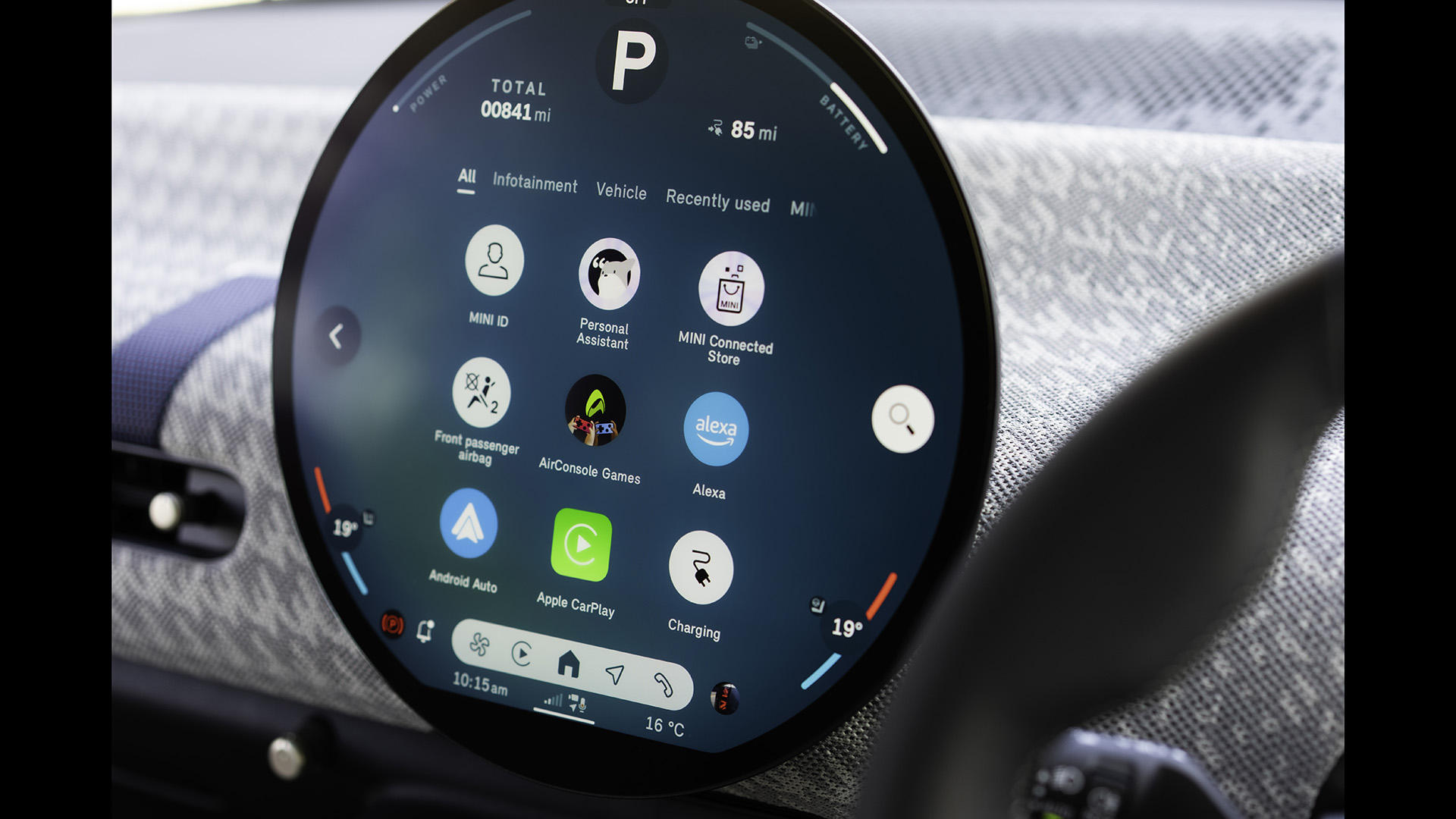
I really like the Personal mode, which lets you put your own photo on the display, and the Balance mode, which changes the ambient lighting, shuts the roof blind and turns on the seat massager – perfect for winding down on the drive home from work.
With the Parking Assistant Plus (part of the level 3 package) there are external cameras that give you a high-resolution 360-degree view outside the car. The Drive Recorder function is able to work as a dash cam, which can be activated manually or automatically in the case of an accident (30 seconds before and after). You can also get an interior camera as part of the level 3 package, which can be used to take selfies in the car. Mini hasn’t said if it could also be used for video calling while stationary.
The augmented navigation is similar to the system available on some new BMW models. As you near your next turn or direction, the OLED display shows a live view of the road ahead, with directional arrows superimposed over the top. While this does mean you can see clearly where you have to turn, the downside is that you need to look away from the road and at the screen – often at a critical time. As clever as this is, it would be much better built into a head-up display to show your actual view.
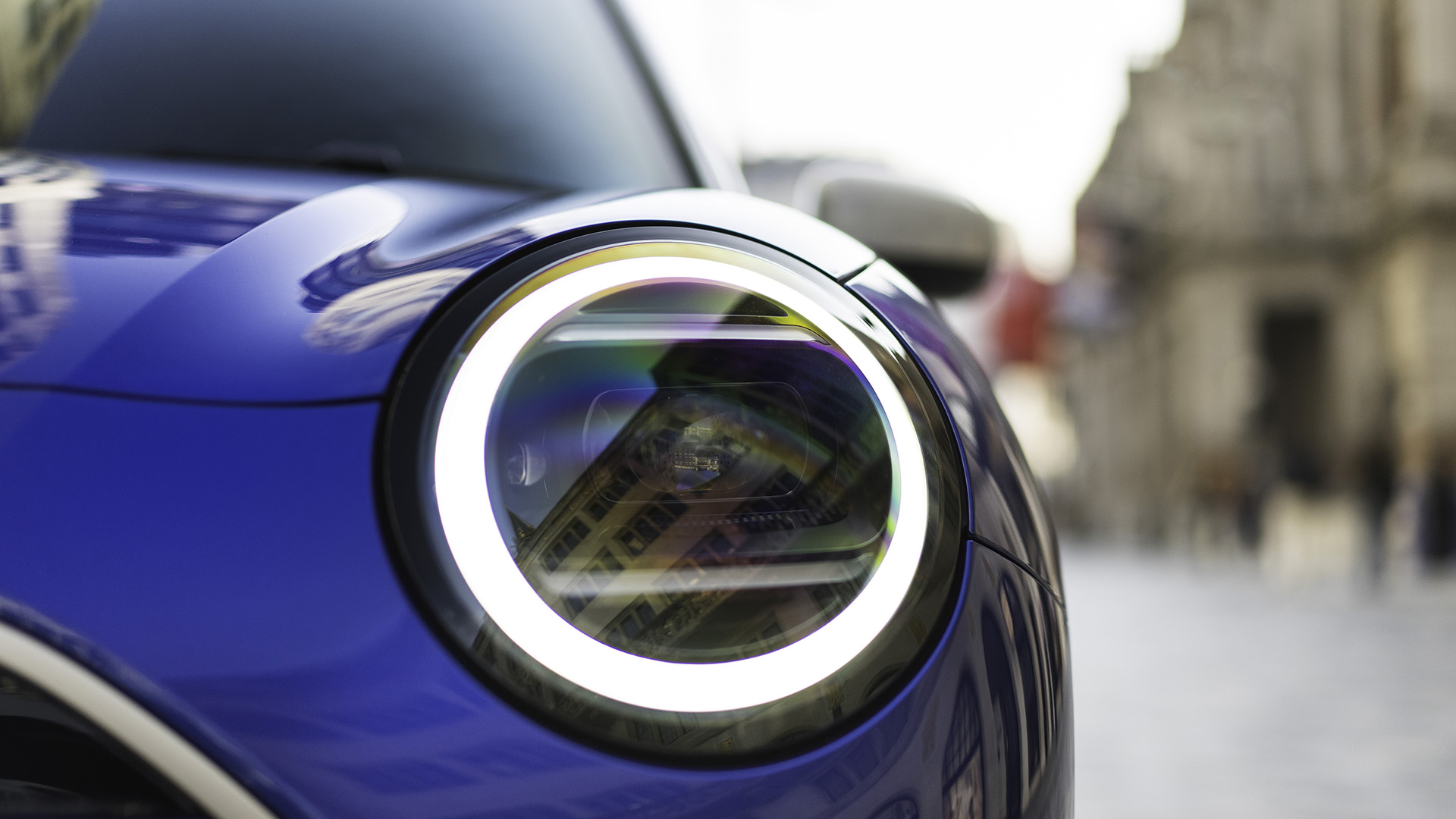
Performance and range
I drove the Mini Cooper SE in both the Exclusive and Sport trims. This being the more powerful and the longer range car, it’s the one that is likely to appeal the most. Though the 160hp and 6.7-second acceleration here is pretty good, it’s less than you get on the petrol version (Cooper S), which gives you 204hp and 6.6 seconds 0-62mph. The top speed is also lower, with 106mph on the electric SE and 150mph on the petrol S.
Not that these top speeds make much difference on UK roads, and as is the case with any electric car, going much over 65mph sees that battery level drop like a stone. What the electric SE does have is bags of torque, which makes it incredibly responsive at just about any speed. Put your foot flat to the floor from a standstill and you’ll get a bit of wheelspin here – it’s very rewarding and lives up to that go-kart experience.
Push the Cooper SE and it handles well, with tight steering and plenty of grip. Much like Minis of the past, you can have a lot of fun on country roads, without having to break any laws. However, stick it on the motorway and it’s still an enjoyable drive.
The slight downside though is that the suspension also gives a go-kart-like experience. Even when driving in one of the standard experience modes, the ride is pretty hard, so you’ll feel every bump in the road, especially on the optional 18-inch wheels. It’s certainly no air-suspension cruiser but it will put a smile on your face.
With up to 249 miles of range, the Cooper SE is no longer restricted to being a city car. While still not up to petrol equivalents, it’s more than enough for longer journeys and for short day-to-day use, you would probably only have to stick it on charge once a week.
Even the larger battery on the SE isn’t that large, so charging it is relatively quick, even at lesser speeds. With an 11kW home charger, the 49.2kWh battery will go from 0-100% in five and a quarter hours. DC charging is limited to 95kW (and 70kW on the E model), so it will take about 30 minutes to charge from 10-80% even on the faster chargers.
It is a bit of a shame that this model didn’t have faster DC charging. With the kind of fast charging we’ve seen on the likes of the Lotus Emeya and Kia EV9, this size of battery could charge in around 10 minutes, which would have been game-changing – though would definitely have added to the cost.
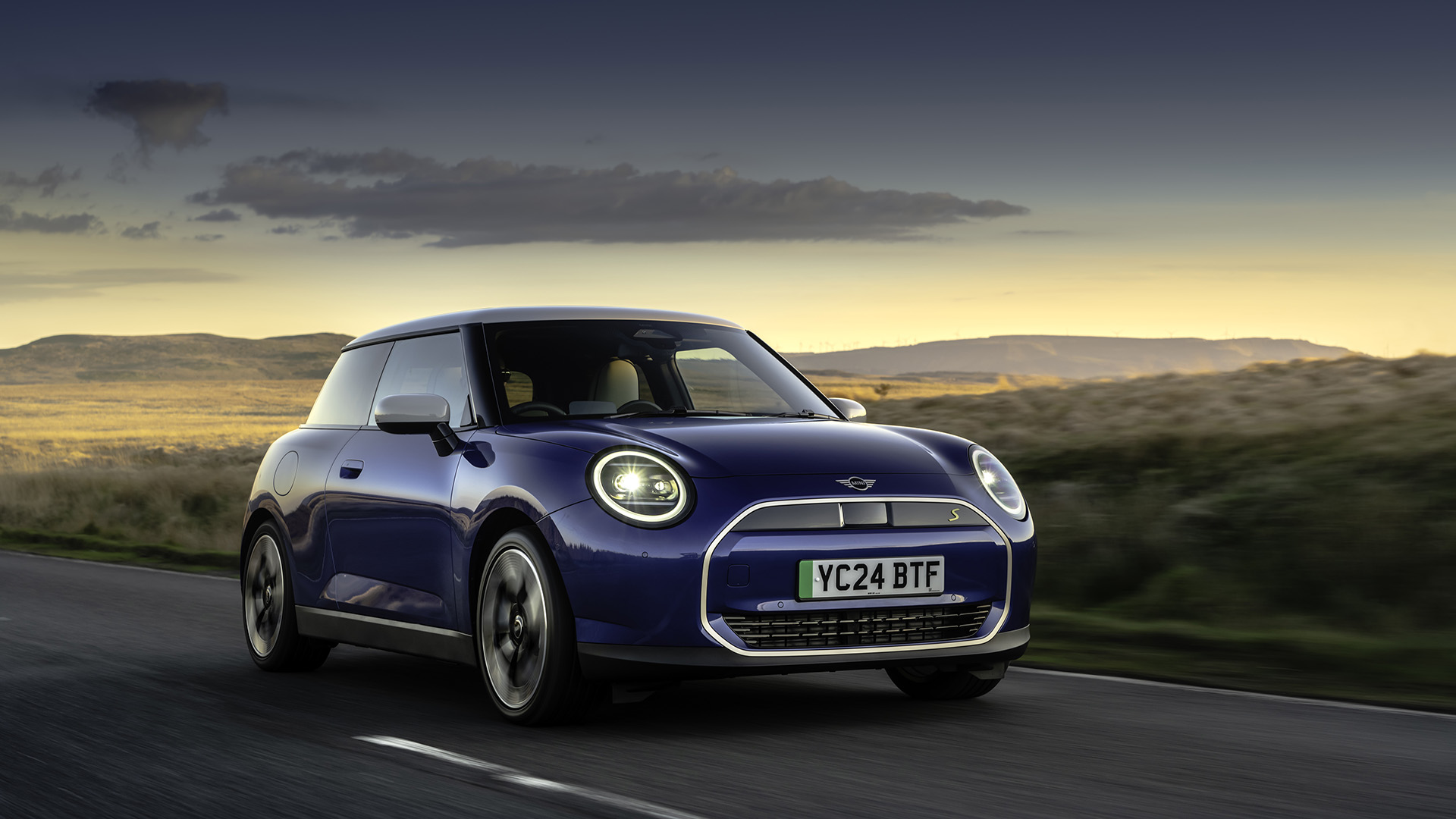
Should I buy the Mini Cooper Electric?
Despite improving ranges, electric cars still make the most sense for short commutes and city use. The Mini Cooper has long been a popular city car and this new electric model is likely to continue that trend. It’s really fun to drive and has a little more space than cars like the Fiat 500e.
If you opt for the SE model, that additional range makes this Mini great for longer distances too. It would easily do a return trip to the airport for me (about 100 miles each way) without having to stop at one of the many charging points along the M4.
This model still doesn’t quite match the petrol model for range though (which can do nearly 400 miles on a tank). If I was doing longer journeys regularly, I’d want something that can do over 300 miles. Currently, even the Mini Countryman Electric is under that – in fact, you’d need to go up to a BMW i4 before you tipped that 300-mile mark. But that’s an issue for all small EVs right now.
If I was to pick any small EV right now, it would be the Mini Cooper SE. It’s a great design with some great handling and lots of fun tech on board.







